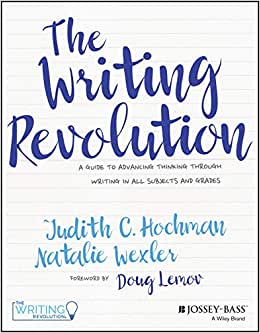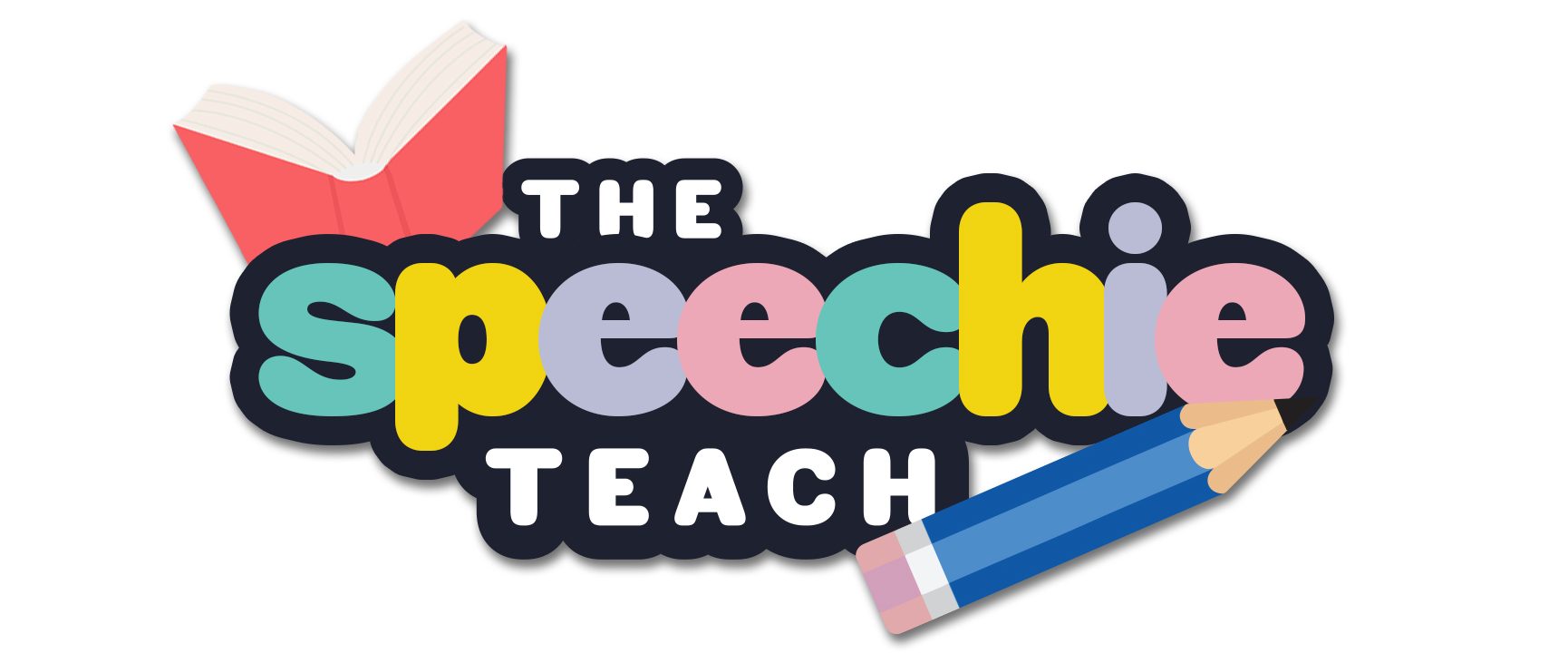
“I want to align my practice to the Science of Reading, but I don’t have support from my administration team or colleagues…what do I do?”
“I am a school leader and would like to start the process of aligning our practices to the Science of Reading, but I just don’t know where to start, HELP!”
These sentiments are echoed by administrators and teachers alike. The Science of Reading (SoR) refers to the vast body of research conducted in laboratories and classroom settings which (should) inform educators, clinicians, university lecturers and so on, about reading development and effective literacy instruction. The SoR has gained a lot of traction in recent years, but with this movement also comes a lot of opposition. You are probably familiar with the ‘Reading Wars’, but if it’s the first time hearing this, read Alison Clarke’s take on it here.
Emina McLean has a nuanced take on the Reading Wars, which you can read in her blog here.
As a teacher, curriculum leader and school consultant, I have had my fair share of change management projects in the school setting, particularly those pertaining to evidence-based literacy practices. I’ve had many failures and successes, so I would like to share with you some things I have learnt along the way.
Change can be hard in any situation, but I have found that the SoR can be an emotional challenge for many educators. Often they have to come to terms with the fact that they may not have been providing the best instruction, particularly to support their most vulnerable students. For the majority of us, we didn’t know about the SoR and certainly didn’t know we weren’t providing the most effective literacy instruction, because this stuff just isn’t taught at (most) universities. Tides may be slowly turning though thanks to some influential leaders in the field; Professor Lorraine Hammond facilitates units in the SoR at Edith Cowan University, and Professor Pamela Snow and Associate Professor Tanya Serry from La Trobe University in Victoria are heading the SOLAR (Science of Language and Reading) lab for teaching and speech pathology university students. See Pamela Snow’s fantastic Open Letter to Faculties of Education here, and Open Letter to Student Teachers here.
When first discussing the SoR with your colleagues, I find it’s best to have a very open and honest dialogue, sharing your own experiences and misunderstandings from the past. Be prepared for heightened emotions to ensue, and try not to add insult to injury in these moments. What is often required is time; teachers need to be allowed the opportunity to digest and reflect on what has been shared. While emotions will likely be high initially, if the school has a positive culture of continual growth, with a sensitive approach you can overcome the emotional hurdles.

I will structure the rest of this post with a focus on two different perspectives: that of the classroom teacher who wants to make the change ‘from the bottom up’, and that of an administrator/school leader who needs to get staff onboard. Both approaches would be rather different, so it’s important I address the different experiences. When instigating change within a school, I believe it’s important to follow a change management model. I am choosing to use Dr John Kotter’s Eight Step Change Model for the purpose of this post.
Of course, in some settings, change in near impossible even when the administration team are presented with strong evidence to support the SoR. However, in most instances, it’s more of a case of ‘you don’t know what you don’t know’, and change can be implemented to some degree when the right process is followed. A wise school administrator once told me, ‘it’s about progress not perfection’ (Thanks Kevin Hogg). Change takes time, and a quick fix silver bullet is not going to be sustainable or bring about the long-term change to student outcomes.
STEP ONE: Create urgency- getting staff to see the need for change

| Classroom Teacher perspective | Administrator perspective |
| – Gather your information. Get upskilled in the SoR. It’s important you can have robust discussions about what cognitive psychology and reading science tells us about effective literacy instruction. I have provided a list of recommended reading material to start you on this journey (see the bottom of the post). Learning the SoR is never-ending. I have been reading about this topic for years and I still learn something new most days. Be kind to yourself, and start with my recommended reads first, so you don’t feel like “Alice down the Rabbit Hole”. – Keep sharing your knowledge with staff members. You are planting the seed by regularly bringing up the SoR when appropriate to do so (maybe not at staff drinks, you might get left on your own). – Talk about your learnings and ideas with a positive/forward thinking mindset. Don’t get bogged down in how terrible certain programs/approaches are. Instead focus on what you CAN do to make a difference to student outcomes. | This is the same advice regardless of your role in the school. Get upskilled with the fundamentals of the SoR. See my recommended reads below. |
STEP TWO: Form a powerful coalition- the coalition can help you to spread messages and ensure there is support for the change school-wide.

| Classroom Teacher perspective | Administrator perspective |
| – Arrange a formal meeting with the administration team. Be transparent about your intentions, with a focus of whole-school improvement. If they are open to furthering their knowledge, provide them with some readings and podcasts (see below) to get them started on their SoR journey. If you are given the green light, you can continue down this change management path. If you are given a red light, you will need to continue ‘planting the seeds’ until your administration team are on board. – Do you have an English or curriculum-focused Professional Learning Community? Is it effective? Do they meet regularly? What a perfect opportunity to start sharing what you have learnt about evidence-based literacy instruction. Reflect on the things your school is already doing that reflect the SoR. Maybe some teachers are using decodable texts for early readers? Maybe others are incorporating phonemic awareness into their phonics instruction? -If you don’t have Professional Learning Committees or project groups at your school, approach your administration team. You may even want to volunteer to lead it! | – Arrange a formal meeting with the administration team. Be transparent about your intentions, with a focus of whole-school improvement. – Do you have Professional Learning Communities? Are they effective? Do they meet regularly? Most administrators are aware of the importance of shared responsibility and distributed leadership model. – If there isn’t a current leader of the English PLC, appoint a staff member/s who demonstrates reflective practice and shows interest in the SoR. |
STEP THREE: Create a vision for change

| Classroom Teacher perspective | Administrator perspective |
| – Don’t do it alone! Within your coalition/Professional Learning Community, develop a vision. Where do you want to see the school in five years? 2 years? 1 year? Make short-term and long-term goals which reflect the SoR. I have included some example goals at the end of the post. – Reflect on the current assessment schedule. The right data can be a huge driver of change, so the school’s assessment procedures need to reflect the SoR. Please see the Reading Science in School Assessment scope and sequence, containing (mostly free) assessments for reading, spelling and oral language. | – Don’t do it alone! You may be the leader of the change, but you need to have a shared responsibility amongst your coalition (and eventually the whole staff). – Within your coalition/ Professional Learning Community, develop a vision. Where do you want to see the school in five years? 2 years? 1 year? Make short-term and long-term goals which reflect the SoR. |
STEP FOUR: Communicate the vision and build the knowledge of the staff around the SoR

| Classroom Teacher perspective | Administrator perspective |
| – You need to communicate the vision to the whole school staff, with assistance from your leadership team and Professional Learning Communities. -Share specific articles, blogs and podcasts you found to be most powerful (see below for suggestions). -Handle people’s concerns with sensitivity and understanding. –Seek feedback, feedback, feedback. Listen to staff and implement feedback when devising the implementation plan. -Discuss with your administration team how you can build the knowledge of the staff. | – Devise a plan to build the knowledge of your staff. The success of any program within the school will ultimately depend on the staff buy in. They need to be provided with the knowledge and have opportunities to directly (and immediately) apply this knowledge. I highly recommend seeking external professional learning, or appointing a leader in the school who has an in-depth knowledge about the SoR to lead this process. If your budget is tight, there are a range of courses and presentations available online to get your started. -Seek feedback, feedback, feedback. Listen to staff and implement feedback when devising the implementation plan. -Remember too much information at once will result in cognitive overload. Effective professional learning must have a direct classroom application which is followed up with mentoring, coaching and support. -Structure your staff professional learning gradually, focusing on one area at a time. – Communicate the vision to parents and the wider school community- parent information night, P&C, School Board meetings etc. |
STEP FIVE: Address obstacles

| Classroom Teacher perspective | Administrator perspective |
| – If you are faced with negativity and/or resistance by fellow staff members, always remember to ‘keep your cool’ and try to approach the conversation from a place of understanding. –Seek feedback | – Work with your staff members who are resistant to the change. Suggest that they observe others, or potentially even lead a particular aspect of the change (for example, using decodable readers to develop decoding fluency). –Seek feedback |
STEP SIX: Generate and celebrate short-term wins


| Classroom Teacher perspective | Administrator perspective |
| – Discuss the successes you are having in your own classroom. Use data to assist. When you hear of other teachers experiencing success, celebrate this as a team. -Discuss and celebrate the short term wins within the Professional Learning Committees. Make sure the administration team know about it! – Share your wins with the parents. Continue explain the WHAT and the WHY to parents, when describing the change. –Seek feedback | – The school implementation plan needs to contain short, medium and long term goals. Celebrate individual successes amongst staff as well as whole school progress along the way. Remember- progress, not perfection!! – Share the school wins with the parents and wider school community. Continue explain the WHAT and the WHY to parents, when describing the change. –Seek feedback |
STEP SEVEN: Build on change

| Classroom Teacher perspective | Administrator perspective |
| – Continue supporting staff in the process. Within the Professional Learning Committees, refine the short, medium and long term goals in the implementation plan once you achieve others. –Seek feedback | – Staff need continual coaching, mentoring and support for the changes to be sustained. -Always discuss and reflect on the progress of the SoR staff meetings. –Seek feedback |
STEP EIGHT: Anchor the SoR into the school culture

| Classroom Teacher perspective | Administrator perspective |
| – Once the school is fully underway and is implementing programs and pedagogies which align to the SoR, you need to work with your colleagues to embed it firmly into the school culture. -Every staff member should be able to explain what the SoR looks like in the school. -The assessment schedule, operational plans and school targets should all demonstrate that the school follows the SoR. -Think about a display for the staff room? A SoR display may include Scarborough’s Reading Rope, The Simple View of Reading, as well as the school practices which align to the SoR. | – The SoR should become part of the school culture, communicated to the larger school community and be reflected by all programs and pedagogies in the school. -Succession planning is imperative to ensure the sustainability of the changes- continually identify and support future leaders in the school to ensure the sustainability of the programs and pedagogies. – The school business plan, assessment schedule, operational plans and school targets should all demonstrate that the school follows the SoR. -Ensure your school website contains information on the research aligned programs and practices within the school. – Continue to share the progress with the parents and wider school community. |
To conclude …
As cliché as it may sound, remember it’s about the journey, not the destination. Effective and sustainable change takes time and involves a shared responsibility amongst staff. Below I have included some readings (and viewings & listenings) I recommend to start your journey in the SoR. I have also included some EXAMPLES of short, medium, and long term goals. Every school’s journey will be different, and will all be starting at different points, so it’s imperative you create your own implementation plan with your staff based on your context.
| Examples of SoR goals | Date achieved |
|---|---|
| Short-term: 1. Purchase decodable readers for the school 2. Send staff to PL on a particular evidence-based reading program (structured & synthetic) 3. Re-order the high frequency word lists into phonic concepts (e.g. she, we, he, me) 4. Implement a strategy to teach Tier 2 vocabulary (in context) using texts and topics in class (e.g. Frayer model) 5. Identify leaders within the school who could lead change within their phase of learning 6. Implement an assessment schedule which reflects the SoR 7. Re-structure ‘word walls’ to be based on phonics concepts (e.g. Vowel Valley and Spelfabet mnemonics) | |
| Medium-term: 1. Teachers using decodable readers for emergent and remedial readers 2. Early Years implementing a structured and synthetic phonics AND phonemic awareness program with fidelity 3. Middle and Upper Primary implementing a structured spelling sequence 4. Incorporate a daily review into every English lesson covering phonemic awareness, phonics (decoding, encoding), high frequency words, tier two vocabulary and comprehension 5. Develop a literature and text spine containing a range of fiction and non-fiction high level/complex texts to target oral comprehension in the early years and reading comprehension for the middle and upper primary. 6. Ask phase and curriculum leaders within the school to host regular staff PL on SoR topics and strategies 7. Implement a mentoring and coaching system to support all staff 8. Work with education assistants to develop their reading instruction 9. Re-structure home reader system- students in early years will receive decodable reader (decoding practice) and a picture book (oral comprehension) each week 10. Re-organise levelled readers into topics/themes (not levels) for students to use once they are fluent decoders (beyond decodable readers). 11. Purchase more decodable readers (extended code) 12. Implement engagement norms to support high impact instruction across all areas of the curriculum | |
| Long-term: 1. Develop Scope and Sequence documents for all areas of literacy 2. Link all writing instruction to reading material 3. Develop whole school plans and lesson block structures 4. Revising business plan targets for English 5. Implement a Tier 2 and 3 program which is aligned to SoR, to support at-risk students |
Top 3 texts I recommend to ‘leaders of change’:

Once you have made your way through those, here are some more of my favourites:



Articles, podcasts and videos I recommend to share with your administration team and colleagues when initially introducing the SoR:
PODCAST: Educate- At a Loss for Words, by Emily Hanford

ARTICLE: Learning Difficulties Australia bulletin- Why Jayden Can’t Read, by Jennifer Buckingham


Hi there, this has been an amazing post, so very useful 🙂
But I am trying to download the Assessment Scope and Sequence and neither of the links provided in this post seem to be working. Any chance you could help please?
LikeLiked by 1 person
Hi Gwen! Thanks for the feedback! I’ll try to sort it now, if not can you email me and I’ll send it through smhatton.89@gmail.com
LikeLiked by 1 person
I am a reading teacher and believe strongly in decodable readers. I have purchased some with my own $ to have in my reading room library; however, our administrator and classroom teachers strongly emphasize accelerated reader and their tests for students to earn points/prizes to get kids reading. Can all these decodable readers be included in the Accelerated Reader program???? Please!
LikeLike
Just discovered this web page. I love it’s content! Thank you for sharing a roadmap for those of us who need to lead the change. It will prove extremely helpful to myself and others.
LikeLike